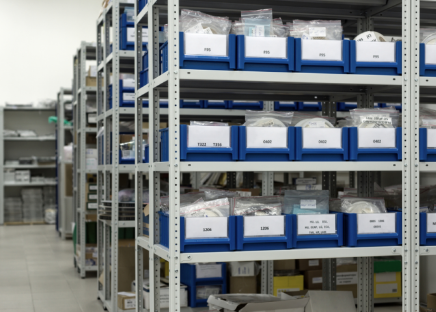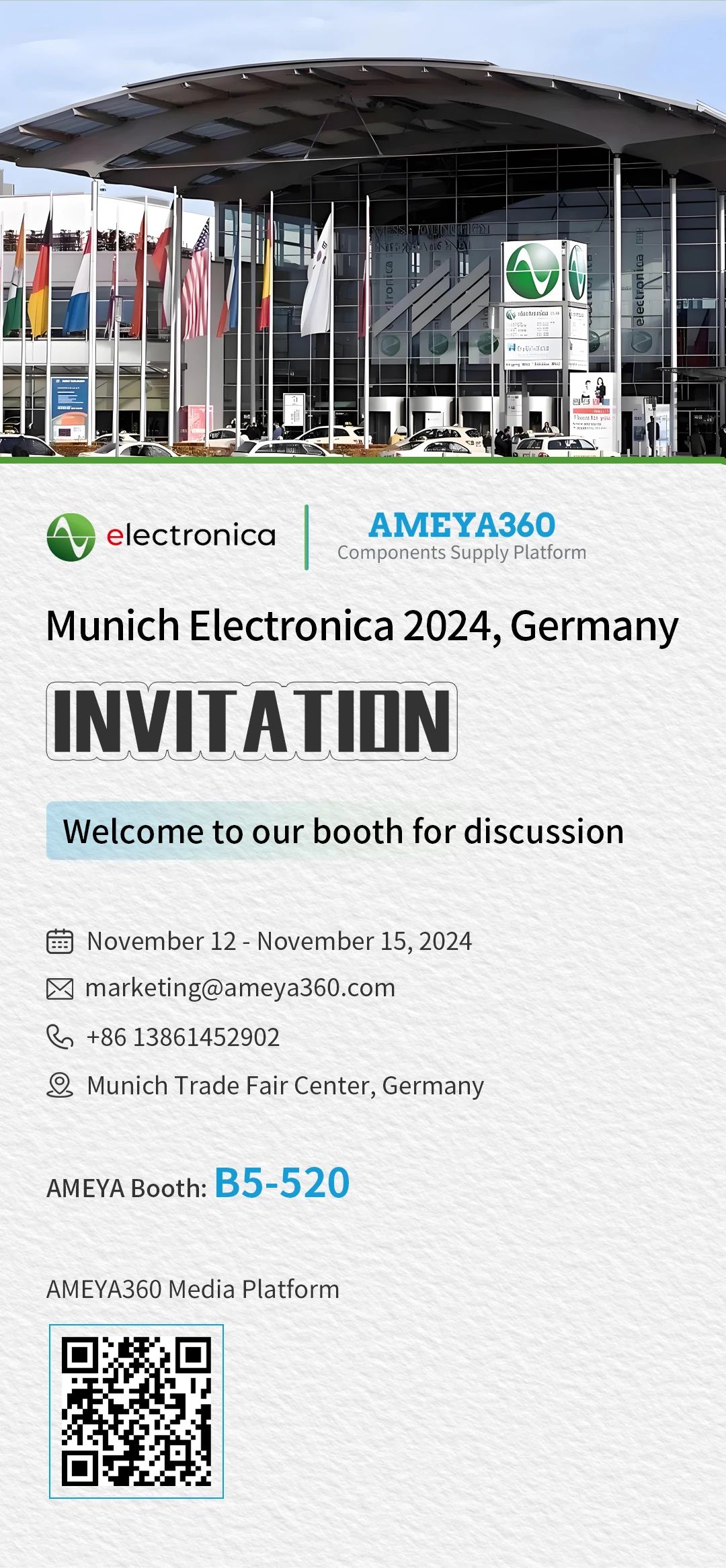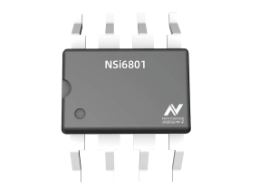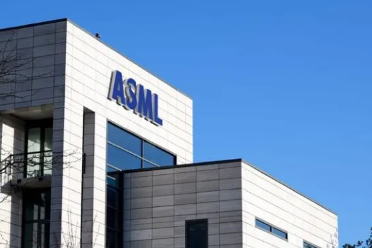- Ameya360 Component Supply Platform >
- Trade news >
- AMEYA360:How to Avoid Electronic Component Storage Woes You
AMEYA360:How to Avoid Electronic Component Storage Woes You
One of the standards that separates a qualified distributor from some of its more risky peers is proper storage and handling of electronic components. It may sound simple, but that’s part of the criteria component makers use when authorizing a channel partner.
Using proper electronic component storage is a vital part of quality control. Relying on incorrect practices could mean products fail sooner than expected or never perform as they should. People also must have a problem-solving mindset as they tackle storage issues associated with electronic components. That might mean investing in climate-controlled storage or even pursuing automated options.
Here are some helpful tips to keep in mind to avoid pitfalls:

Understand the risks of electronic component storage failures
Making mistakes or simply being uninformed about how to store electronic components can have numerous negative ramifications. When people know more about what can happen, that knowledge can motivate them to take the proper precautions and adopt preventive measures.
image of electronic component storage in warehouseExperts warn oxidation and diffusion are two of the biggest risks to electronic components. However, the good news is there are strategic ways to prevent both outcomes. Oxidation does not happen in ultra-dry environments. Thus, keeping electronics parts in dry storage cabinets is one solution. Those products do not allow the required cathode reaction to occur and prevent oxidation.
Another possibility is to put the electronic parts in vacuum-packed moisture-barrier bags. This option is an oxidation preventative, provided people fill the bags with nitrogen. Recent research confirmed humans are oxidation sources due to an ozone reaction with the skin’s fats and oils. It’s impossible to stop oxidation completely, but the practical methods described here are good starting points for minimizing it.
Diffusion occurs when atmospheric vapor spreads into hygroscopic materials. As vapor pressure rises, printed circuit boards and other delicate electronic components are at a greater risk of absorbing moisture. However, putting the parts into moisture-barrier bags inside dry storage cabinets reduces the threat.
Knowing about the primary aspects of electronic component storage allows people to act accordingly, become more familiar with how to combat issues and steer clear of them.
Partner with providers of climate-controlled storage
People who work at companies providing climate-controlled storage will be well-versed in meeting the needs and expectations of individuals working in the electronics industry. Ambient warehouses often provide effective electronic component storage by protecting parts from water damage and tampering.
Keeping electronic parts at a consistent temperature is essential to ensuring they remain usable. Plastics can change shape in response to temperature fluctuations. Metals also expand and contract as the temperature shifts. However, an additional difficulty affecting electronics is it’s not typically possible to spot the damage without proceeding with disassembly.
Having the electronic components in an environment characterized by the wrong relative humidity is also problematic. When the humidity is too low, the parts become brittle. That change can make them less able to withstand regular use. Conversely, overly high humidity negatively affects the conductivity of an electronic component.
Most reputable companies offering climate-controlled storage solutions use various strategies to meet their aims. They might maintain dedicated temperature zones for different products or use seals around doors to minimize changes when people enter and exit. Another best practice is to have Internet of Things temperature sensors. They can help facility workers verify that conditions are as expected. Moreover, having backup climate-control systems is essential to planning for emergencies.
Consider how automation might help
Many of the electronics industry’s most prominent players are increasingly pursuing automation to improve workflows. Such efforts go beyond electronic component storage, but they can also include it. People have frequently raised the issue of microelectronics manufacturing returning to the U.S. in greater prominence. That won’t happen easily or quickly, but automation could streamline efforts and reduce errors.
Consider Digi-Key, a low-volume, high-mix distributor that recently opened a new facility in Minnesota. The 2.2 million-square-foot distribution center is almost entirely automated. More specifically, parts-picking is the only task done by hand there. The location contains more than 27 miles of automated conveyor belts. Additionally, the average component order travels more than 3,200 feet inside the building to reach various destinations.
Putting electronics parts in climate-controlled storage is a trusted way to protect them. However, many manufacturers go further by deploying automation to limit the amount of human contact the electronics components have as they move through a factory. Even the most conscientious people occasionally make errors that could cause storage-related risks for delicate parts.
Automation leaves most of the work to intelligent systems that don’t get distracted or tired as humans do. That’s why some manufacturers automate the handling of printed circuit boards and use storage automation solutions. If an automated system puts electronic parts in the right places, there’s a reduced likelihood of errors. Plus, a well-tuned automated system is often much more efficient than people.
Electronic component storage problems can cut into products and lead to upset customers if company representatives don’t adequately address them. Whether that means using climate-controlled storage, pursuing automation or investigating another strategy, people must act promptly and proactively rather than risk ruining valuable parts.
Many electronics components are already in high demand and short supply. Storing them properly can help people cope with supply chain problems by ensuring more of the parts companies have available perform as expected.
Online messageinquiry
- Week of hot material
- Material in short supply seckilling
| model | brand | Quote |
|---|---|---|
| TL431ACLPR | Texas Instruments | |
| BD71847AMWV-E2 | ROHM Semiconductor | |
| RB751G-40T2R | ROHM Semiconductor | |
| CDZVT2R20B | ROHM Semiconductor | |
| MC33074DR2G | onsemi |
| model | brand | To snap up |
|---|---|---|
| BP3621 | ROHM Semiconductor | |
| IPZ40N04S5L4R8ATMA1 | Infineon Technologies | |
| BU33JA2MNVX-CTL | ROHM Semiconductor | |
| TPS63050YFFR | Texas Instruments | |
| STM32F429IGT6 | STMicroelectronics | |
| ESR03EZPJ151 | ROHM Semiconductor |
- Week of ranking
- Month ranking
Qr code of ameya360 official account
Identify TWO-DIMENSIONAL code, you can pay attention to


Please enter the verification code in the image below:


























